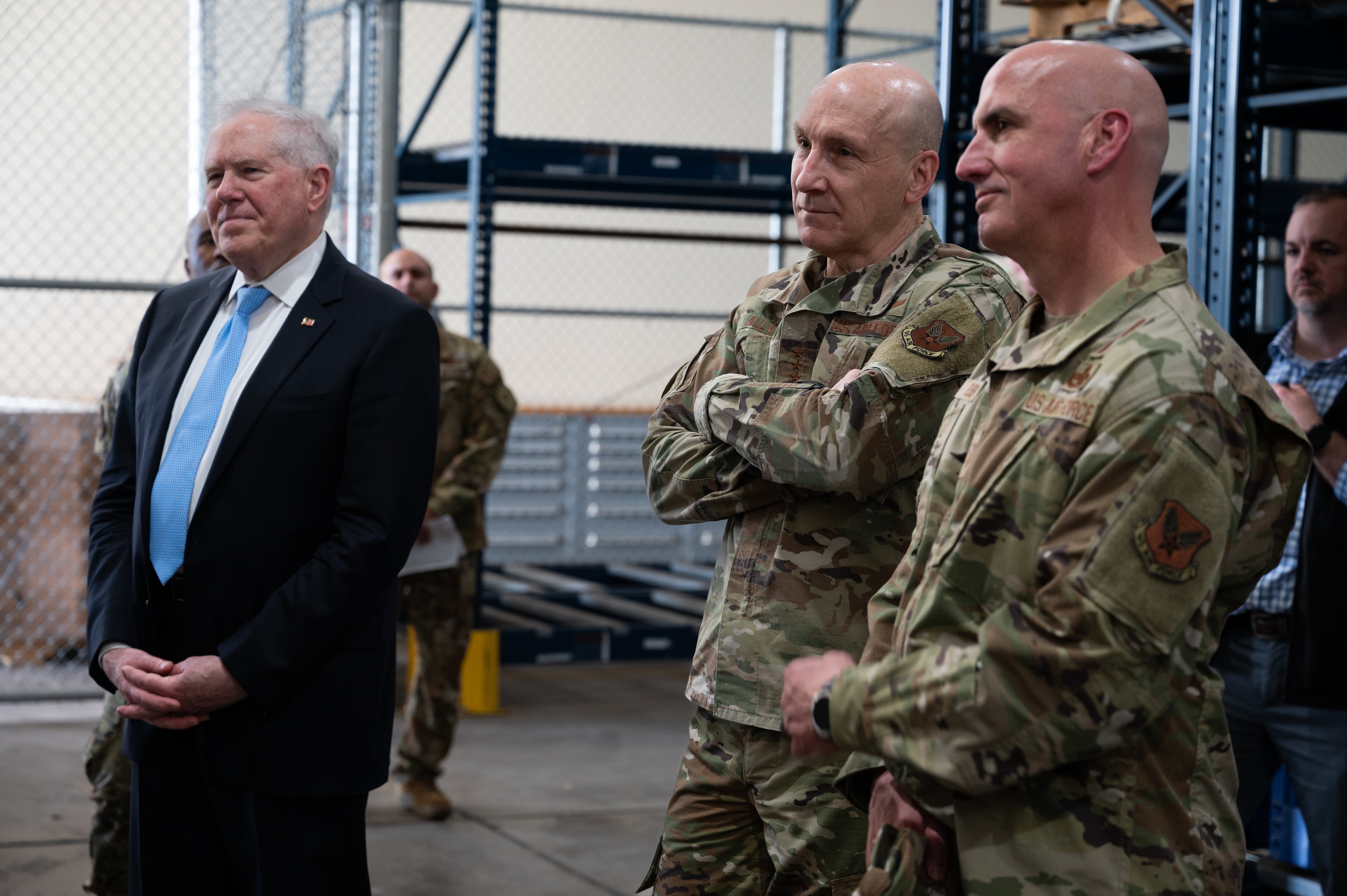Four months after Air Force leaders rolled out a slew of initiatives aimed at readying troops to compete with China, they’re grappling with the most difficult part of change: turning ideas into reality.
As the service hashes out the details of its future force, Air Force Chief of Staff Gen. David Allvin and Chief Master Sgt. of the Air Force David Flosi are urging airmen to stick together and trust the process.
RELATED
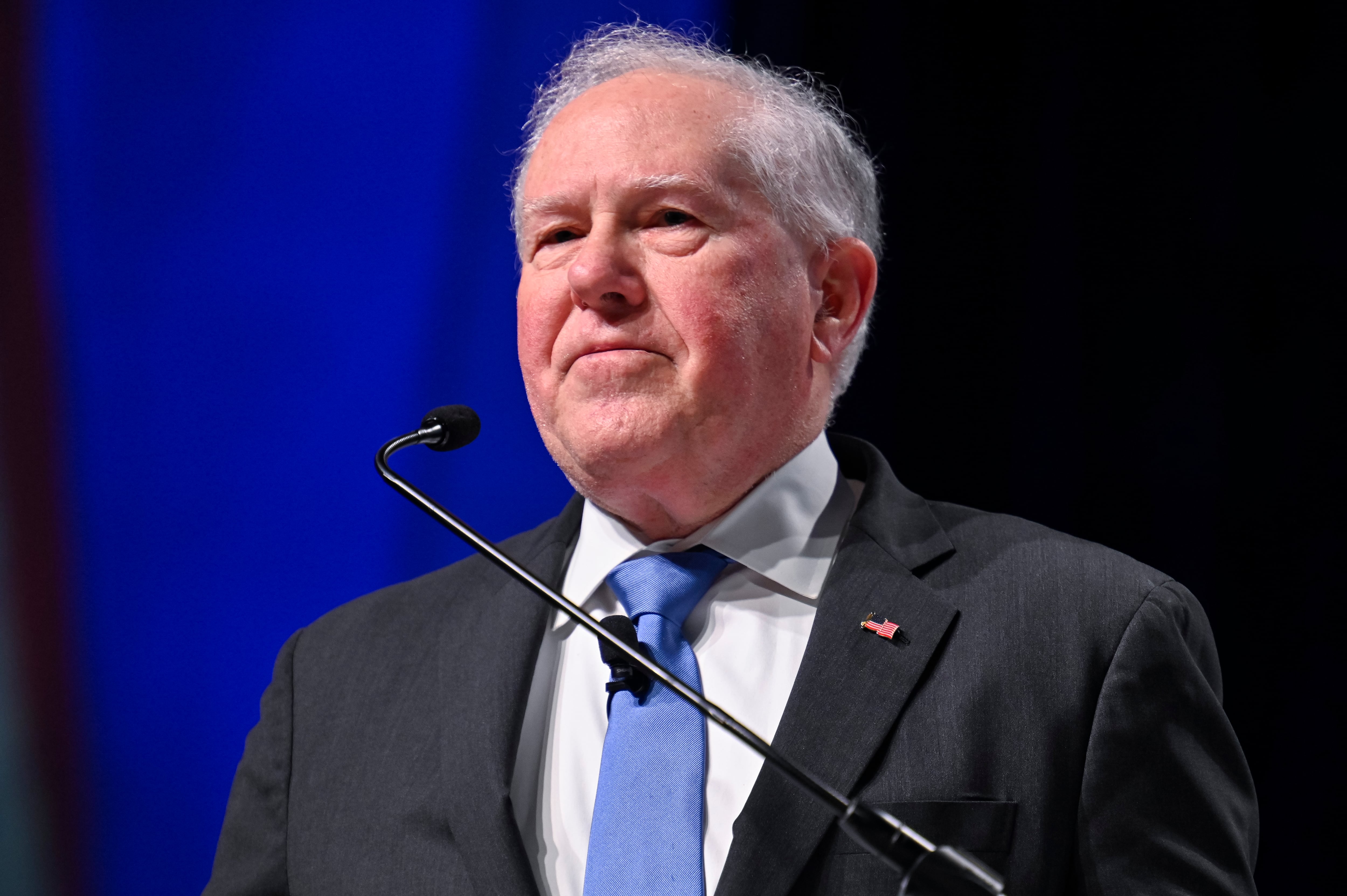
“I have been through many chief of staff transitions and watched how the Air Force is trying to find its way forward,” Allvin said in a joint interview with Flosi in early May. “Sometimes you don’t need a new thing; sometimes you just need to follow through on the old things.”
Many of the ideas the service wants to bring to fruition have been in the works for at least a decade. Its leaders don’t pretend to have all the answers.
In his first year on the job, Allvin wants a better idea of what air wings of the future could look like as the service prepares for the prospect of a high-tech, fast-paced war with China.
Wings are the Air Force’s largest base-level units, and manage thousands of airmen across a particular mission in a local area, such as the 1st Fighter Wing at Joint Base Langley-Eustis, Virginia, or the 91st Missile Wing at Minot Air Force Base, North Dakota. Some wings, like the 355th Wing at Davis-Monthan AFB, are in charge of forces spanning multiple missions.
The service has proposed tailoring its existing wings into three categories: deployable combat wings, or those that can bring offensive units like fighter squadrons overseas; combat generation wings, or those comprised of mobility and similar support units; and in-place combat wings, or those with units that perform their mission from home, like missileers and cyber operators.
If successful, the idea could separate combat-focused units from the support staff tasked with running the base itself, rather than keeping wing commanders in charge of operations both at home and abroad.
Allvin said the Air Force expects to better understand what resources each wing should own, from pilots and other aircrews to ground support staff and office management, by the end of September. Bringing units together under the new construct will require airmen from different bases to train together, he said, but it won’t mean widespread relocations.
RELATED
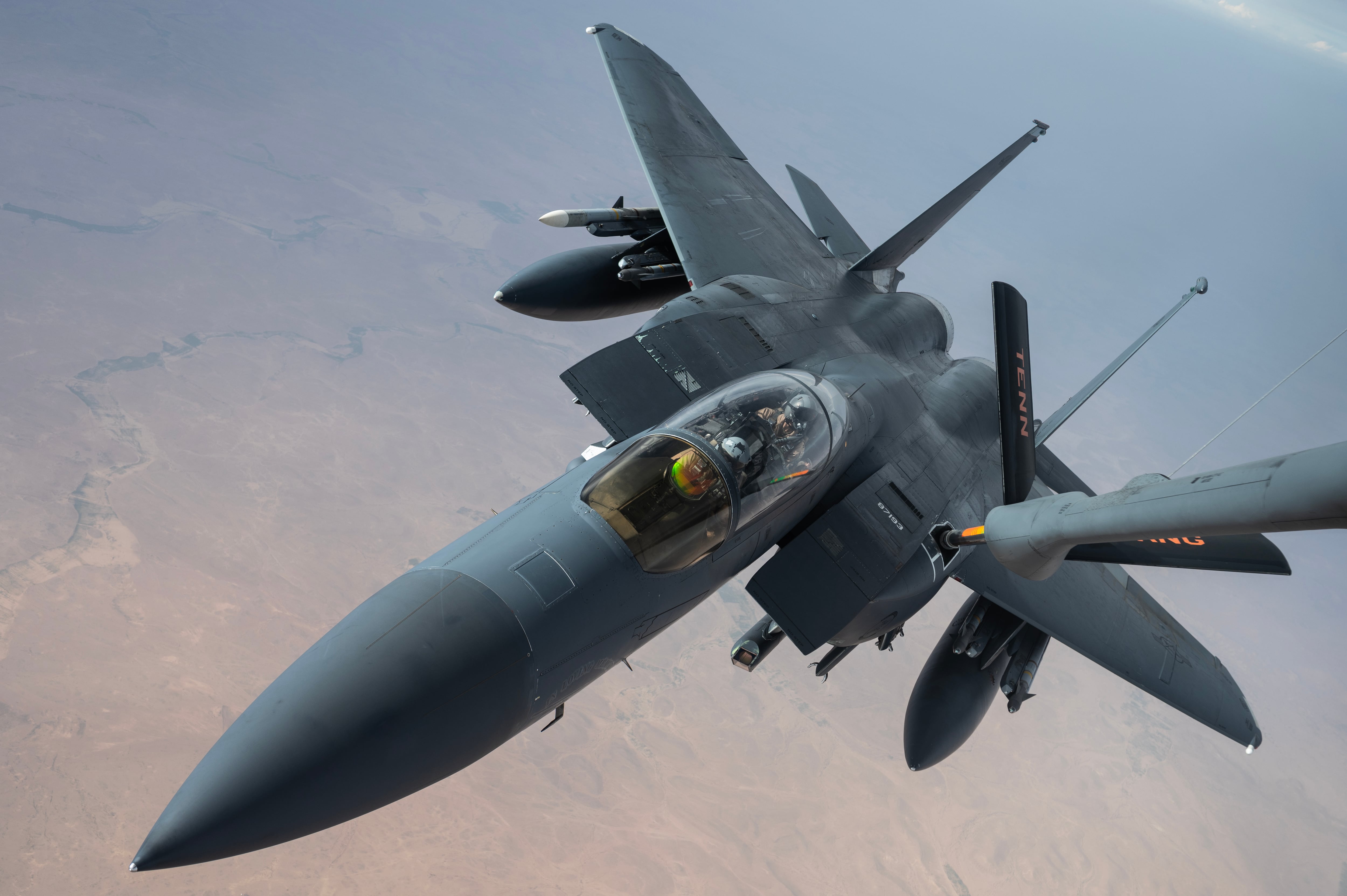
“We cannot just pick up and move 250 people from one base to another base,” Allvin said.
Training could notionally start next fiscal year, Allvin said, as the Air Force learns from its budding air task forces that are a stepping stone to a final plan for the service’s wings.
That work can also give the Air Force a clearer path to another major priority: boosting readiness to fight and win America’s wars. Allvin argues the service should have a better idea of its ability to succeed against an advanced adversary by next spring.
“We have not picked up and gone out and said, ‘How ready is this part of our Air Force?’” he said. “Let’s take them somewhere else. Let’s generate combat power; let’s regenerate combat power. Let’s continue to do that for X amount of time. That’s mission readiness.”
Service leaders have promised that a new large-scale training exercise, slated to take place in the Pacific in summer 2025, will test whether the changes lead to a stronger force in practice.
That will come as the service’s list of skills all troops should cultivate before deployment, dubbed “ready airman training,” will evolve to get units to focus less on whether they’re in compliance and more on how those abilities affect a mission’s success, Flosi said.
Those efforts are set to build on the Air Force’s two-year deployment cycle, which rotates squadrons through 18 months of training and maintenance in preparation for six months of real-world operations.
But it’s unclear whether the new force generation process, designed to improve unit readiness through a more predictable schedule, plus other changes to training requirements — like asking airmen to learn skills outside of their own career field — have led to meaningful benefits so far.
RELATED
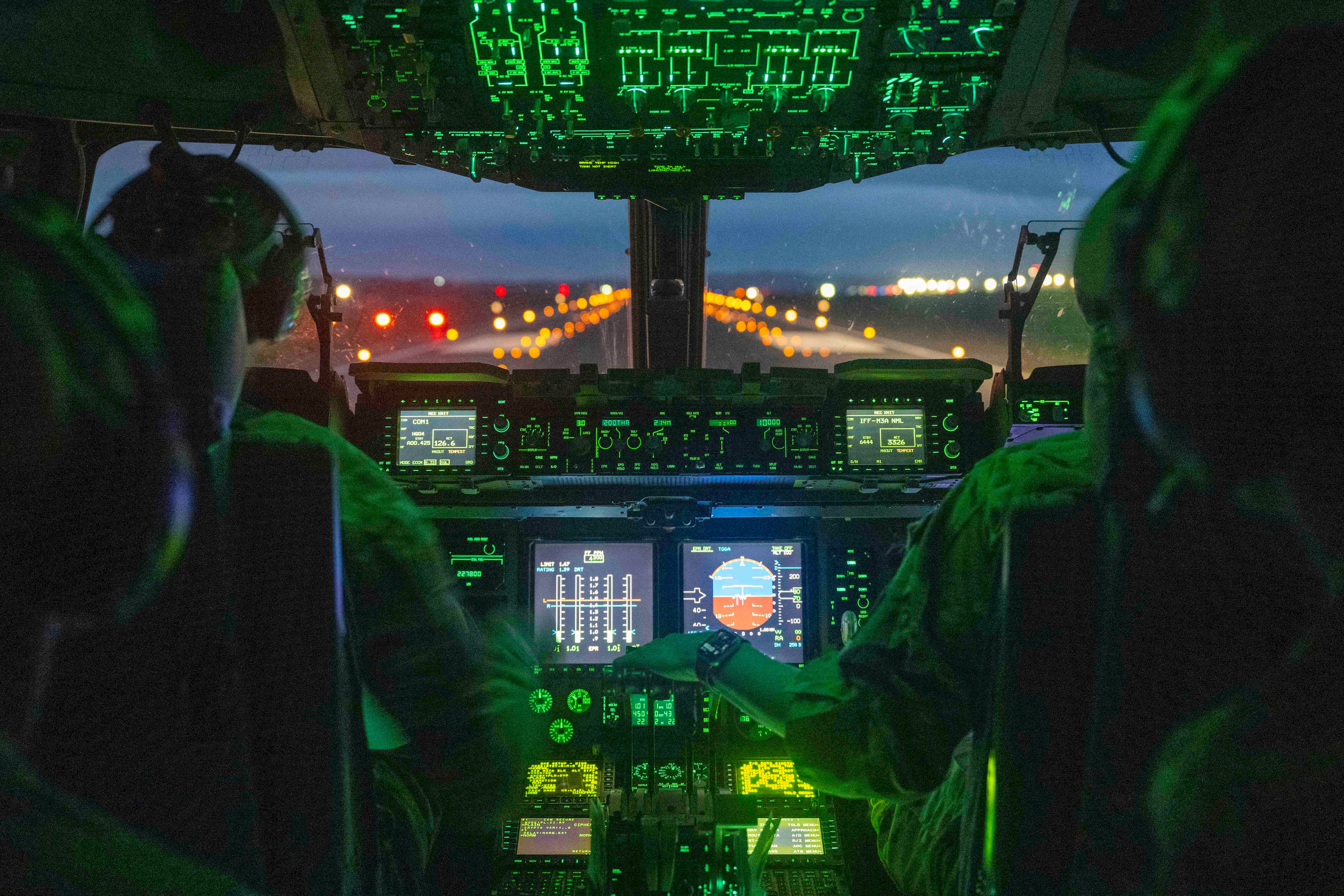
“Because we’re in transition, it is a mixed bag,” Allvin said.
For instance, troops who manage the flow of forces around the world can better articulate the risk of deploying a fighter unit longer than expected, Allvin said. On the other hand, some units feel crunched by the influx of new training expectations on top of a mission tempo that remains high.
“We were just out at [Joint Base] Charleston and Columbus and Tyndall [AFBs],” Allvin said. “We got that feedback that, ‘Yeah, we know where it’s going to be. But right here, in the meantime, we’re actually having to do some extra work.’”
“We’re empathetic to that, and we’re trying to see if we can move through that transition period as quickly as possible,” he said. “It will be challenging, and people need to have faith that we will get there.”
To aid in that transition, the Air Force wants to streamline pieces of its training enterprise under Airman Development Command — previously Air Education and Training Command — for a more holistic approach to delivering the skills troops need. The command is expected to begin operating with new authorities and a fresh vision this fall.
“We have two ways to educate and train and qualify an airman,” Flosi said. “There’s these institutional competencies that all airmen should understand, and then there’s your occupational competencies. Airman Development Command, part of that stand up … is to fuse those together.”
RELATED
Airmen should no longer break from their day jobs to formally “learn about the Big Air Force,” Flosi said. “We need those things to be integrated at the same time.”
Flosi, who took over as the top enlisted airman in March, added that he’s working with senior enlisted leaders across the Air Force to instill a renewed sense of purpose across the enlisted corps.
“We’ve unintentionally focused on things as an individual,” he said. “We really want to focus more on what it means to be an airman, and the profession of arms.”
Allvin said he’s received mixed responses to the dozens of updates, large and small, that Department of the Air Force leaders unveiled in February in the service’s most sweeping modernization push in decades. Those initiatives ranged from relaunching a warrant officer corps to opening new acquisition offices to rethinking deployments.
“As we rolled these things out, they said, ‘Well, OK, what’s the answer?’” Allvin said. Then the questions became: “‘Why’d you do this without us?’ … ‘You don’t know what you’re doing?’”
But others appreciate that the Air Force is pushing airmen outside their comfort zone by asking them to learn a broader set of skills, making teams more flexible under pressure and forging stronger personal connections to the service and its mission, Allvin said.
Their experiments in traveling leaner, spreading smaller crews across remote airfields with few resources, are yielding lessons for the entire force.
For instance, Flosi recalled a 12-person special operations team in Japan that set up an isolated hub to serve as a pit stop for aircraft flying nonstop missions around the Pacific. The team found it needed fewer people than expected to create the outpost, leaving them free to brainstorm how the extra manpower could come in handy.
“Those are the types of lessons that we have to leverage,” Flosi said. “They’re pathfinders.”
RELATED
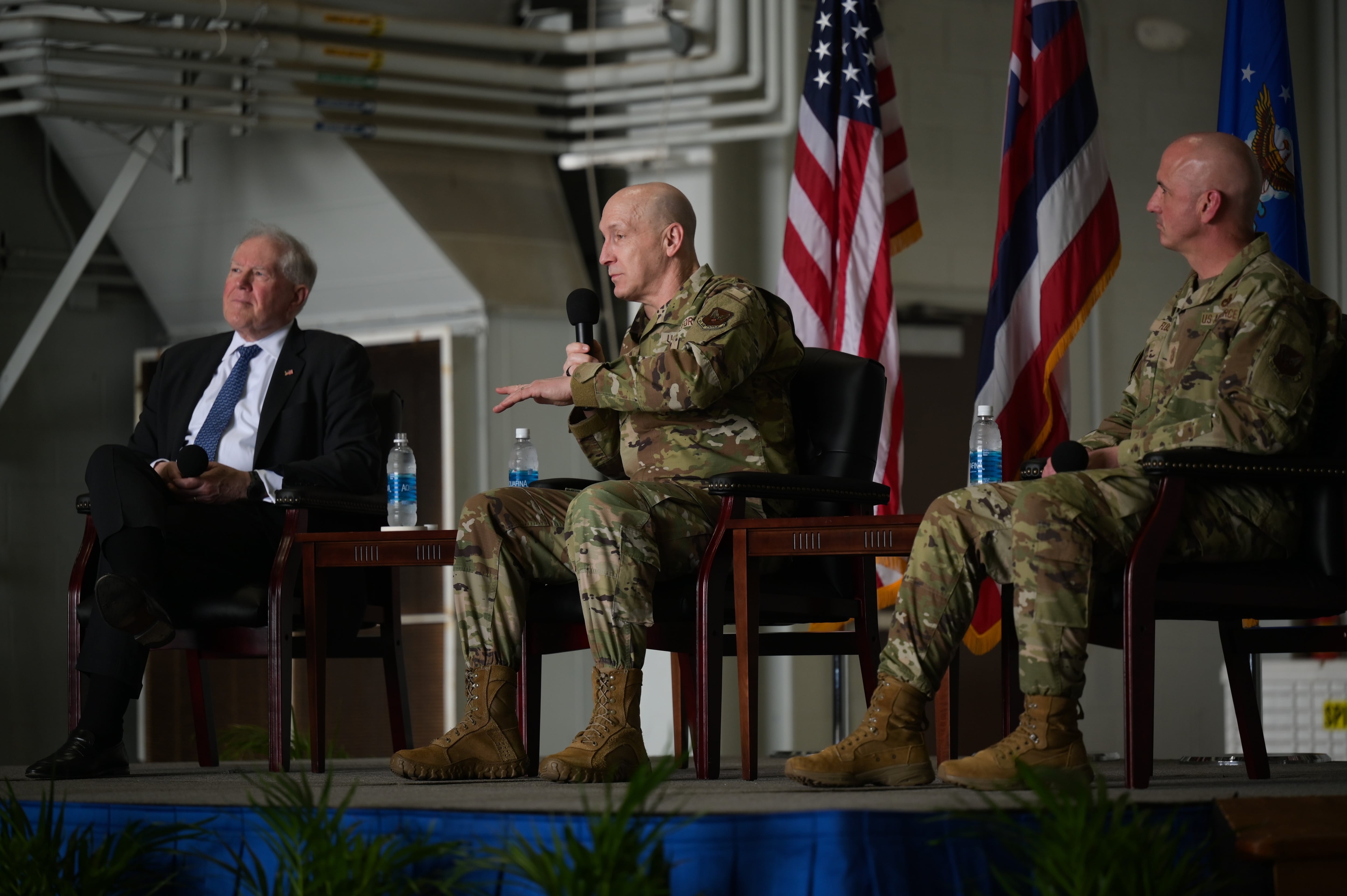
It’s not only airmen who need to be clear-eyed about the challenges the future may hold. As Allvin mulls how to ready troops for the next conflict, he recalls another time America was caught off-guard: Sept. 11.
On the day the Twin Towers fell, then-Lt. Col. Allvin, commander of the 905th Air Refueling Squadron at Grand Forks AFB, North Dakota, realized his airmen’s families needed to be part of the discussion on preparedness as well.
As America went off to war, “there were conversations like, ‘Well, if I’d have known this was going to be part of it, I don’t know if I’d have signed up for it,’ by the spouses,” he said. “The families weren’t really thinking about this.”
The experience has spurred him to consider how to bring Air Force families further into the fold, ensuring they’re supported at home and encouraging conversations about how daily life would change if troops must again scramble to respond to an attack on the U.S. or an ally.
“That was a pivotal moment to understand what it means to be able to lead and have the families be taken care of in a time when the world gets taken out from under you,” Allvin said.
He’s confident airmen and their families will rise to the challenges of a new era of war.
“Our airmen are brilliant,” Allvin said. “They are switched on, they are dialed into this, and they deserve every bit of leadership that we can give them.”
Rachel Cohen is the editor of Air Force Times. She joined the publication as its senior reporter in March 2021. Her work has appeared in the Washington Post, the Frederick News-Post (Md.), Air and Space Forces Magazine, Inside Defense, Inside Health Policy and elsewhere.
